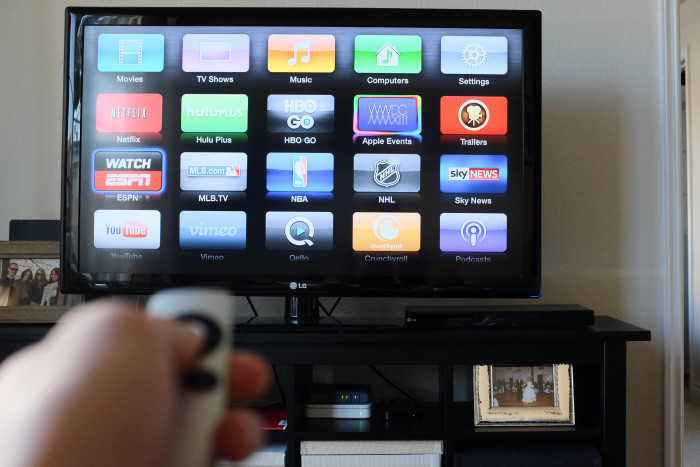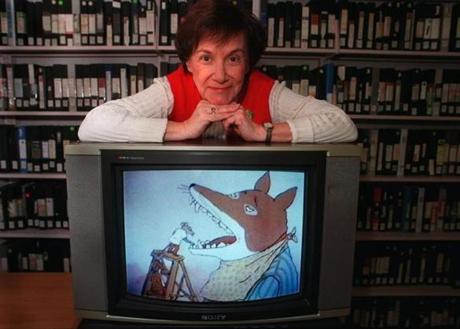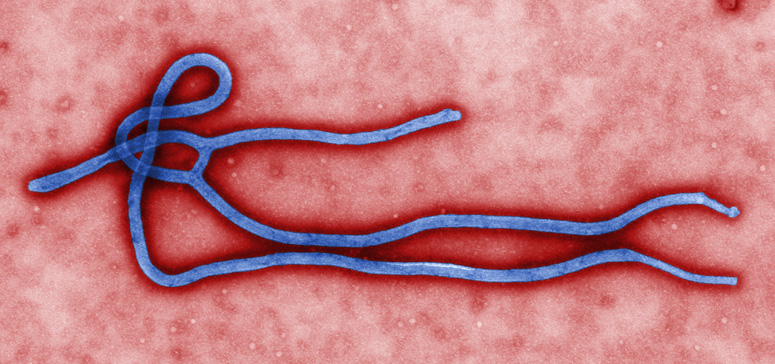I’m approaching the mid-point of my year-long experiment. For 2015 I’m avoiding (as much as is professionally possible) all forms of electronic mass media. No TV news, no NPR or music on the radio, no podcasts, no Facebook or Twitter (except for an occasional post to the MCCNM department’s pages). Essentially I’m allowing myself print media. I resubscribed to the Pueblo Chieftain (newsprint edition) and have been reading a lot of books. (So far over 30, about 10,000 pages!) I continue to use email, course management software for classes, and I post content to various websites (this blog, YouTube, etc). I cannot turn off the switch entirely without taking a sabbatical from work.
I’m sure some of you may be wondering whether this constitutes professional malpractice for someone who is a professor in a Mass Communication department. Unplugging, while demanding that my students pay close attention to the media event or scandal du jour, may seem unfair or irresponsible. Perhaps you think that I’m just a curmudgeonly old fool, a closet Luddite, a technophobe, and a recluse. I can assure you that most (not all) of those assumptions are unfounded.
This has been, and continues to be, an experiment. It is not unique…many others have run this experiment before, and for many different reasons. And with such a small sample (n=1) you know that this qualitative experiment will have very little generalizability in the end. But it will matter to me. One way or the other I expect to learn a lot about myself, my media habits, my thinking process (with and without the constant barrage of media shrapnel), and my relationships.
Our discipline has a long history of media deprivation studies. Usually a researcher looks for a naturally occurring interruption in media services and uses the occasion to collect data on how people respond and react to the loss of service. Strikes by journalists or union workers who drive the delivery trucks, extended power outages, and natural disasters are all sources of media outages. Self-inflicted media blackouts are another matter altogether.
The reason for this experiment is to see if there has been a slow and steady decline in my thinking and my thought process as a result of my media consumption behavior over time. Reading Nicolas Carr’s prescient essay, Is Google Making Us Stupid, when it was published in 2008 initiated my concern. In the essay Carr bemoans his own ability to read deeply…and to think deeply about what he has read. For an academic, this is NOT good news. When I assigned Carr’s essay to students in my Media & Society class, they complained that it was too long…thus supporting Carr’s thesis. Can’t I have my internet, my social media, my podcasts, my news sound bites AND an intellectual capacity to contemplate the big issues? Not according to Carr.
A friend of mine who works with people with addictions tells me that it takes three years to change the mental processes that frequently drive compulsive behavior. The big question that remains for me is whether this one year of partial withdraw will be sufficient to see a significant effect. I’ll keep you posted…just not on Twitter or Facebook!


 Plenty of people have ended up in hot water after saying something that was picked up by a “live” mic that they forgot they were wearing.
Plenty of people have ended up in hot water after saying something that was picked up by a “live” mic that they forgot they were wearing. 

